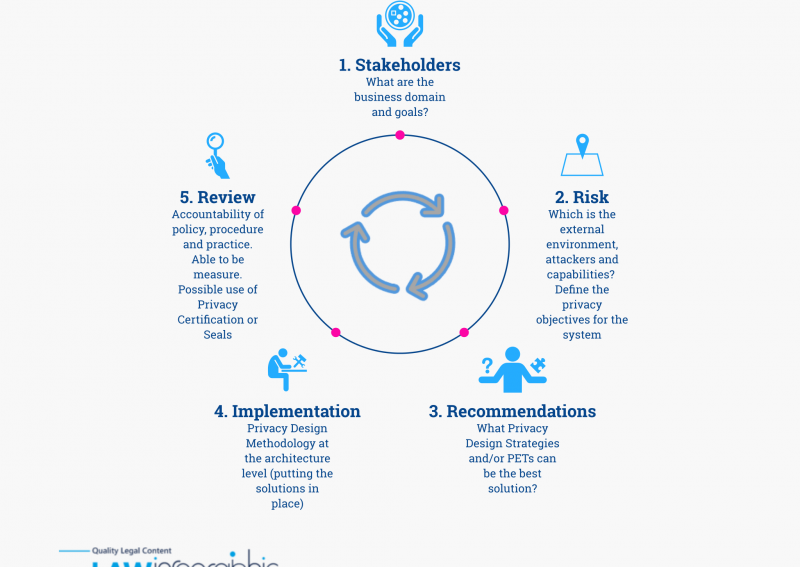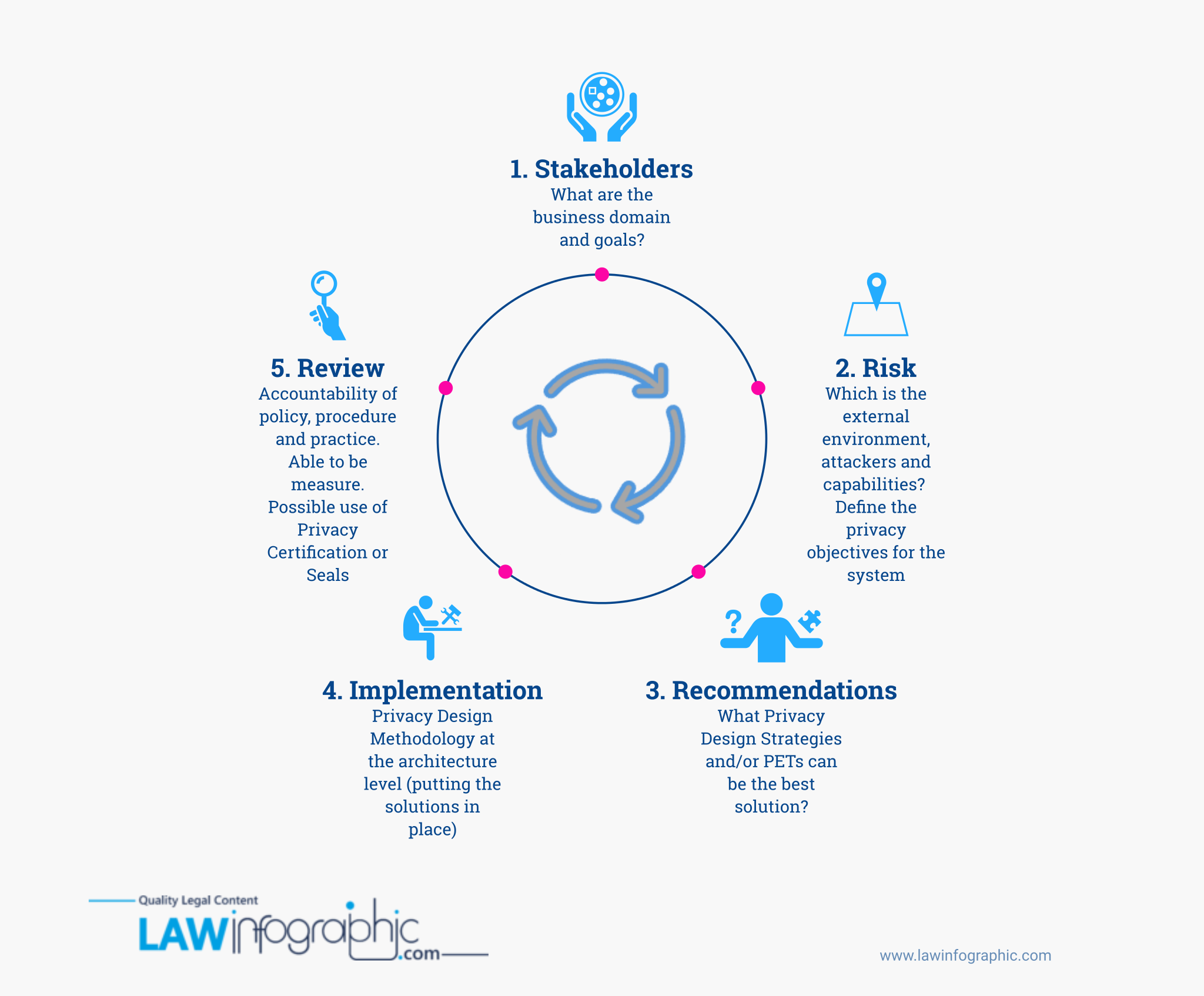We spent a lot of time online. Technology is a big part of our social and economic lives. For businesses too, in the pursuit of reaching consumers, have improved their online commercial data collection, processing and sharing. Though technologies such as AI, machine learning, the IoT and VR, which are fundamentally about the human experience; thus, rely on personal data.
Useful? Embed this infographic on your website.
The protection of our privacy and personal data represents our autonomy and human dignity to have a personal sphere where we can freely develop our personalities, think and shape our opinions. Hence, in Europe, there are provided as a human right and highly protected.
Accordingly, how can we get the benefits of modern technologies without violating human rights? How can our tools meet the market competing demands and data protection at the same time?
Privacy Engineering aims to reduce risks and deliver systems and technologies with acceptable levels of privacy.
HOW DOES IT WORK?
Privacy Engineering starts Data Protection Impact Assessment, which uses the Privacy Risk Analysis (PIA) results for the design of privacy-friendly architectures, with all relevant privacy strategies and privacy-enhancing technologies (PETs) to ensure Data Protection by design and default.
THE CHALLENGE
Privacy Engineering is a multi-disciplinary field. It not one department job. There is a need for a strong knowledge of the business itself, the product or service, regulatory compliance, and the capability to achieve its goals while protecting the users systematically. Do not lose sight; there is a fine line between gathering information to provide the best service and violating users’ privacy.
Jessica Lam
Latest posts by Jessica Lam (see all)
- Processing Personal Data - March 30, 2021
- What is Privacy? - February 25, 2021
- What is Privacy Engineering? - January 14, 2021


